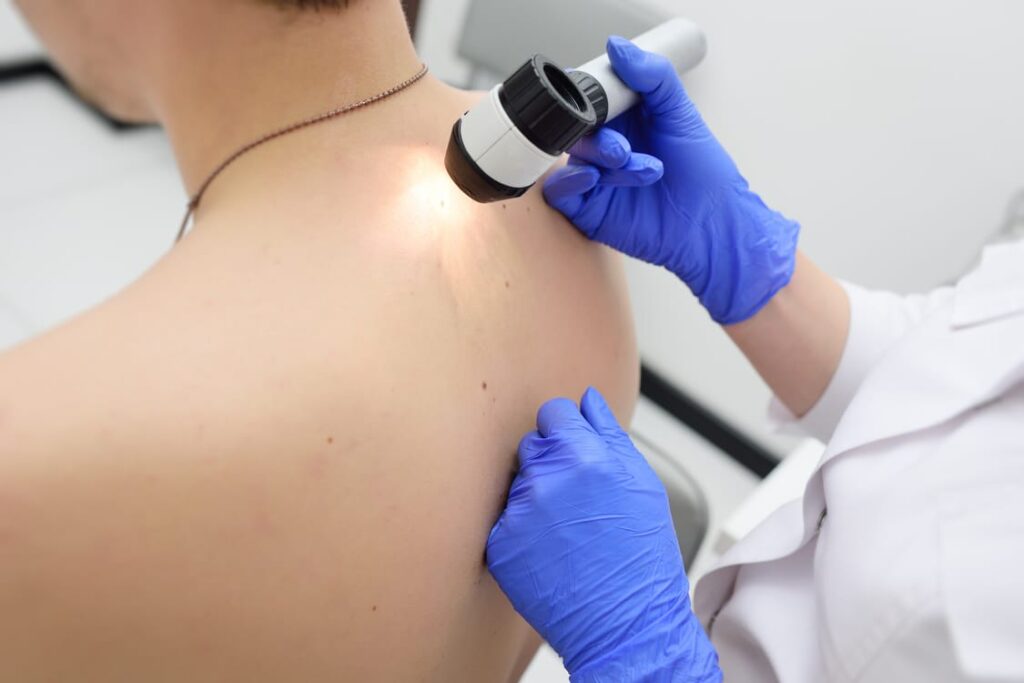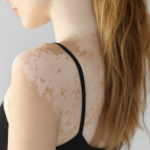With summer just around the corner, many of us are thinking about getting our skin ready for all that sunshine. But before you get too caught up in applying sunscreen and tanning oil, take a moment to think about what lies beneath your health.
Did you know that May is National Skin Cancer Awareness Month? It’s a great reminder to get checked because it’s usually curable if melanoma is caught early. Skin cancer is tricky because it often has no signs or symptoms, so the only way to detect it is by getting checked by your primary care physician or dermatologist. If melanoma is found early, it’s usually curable, but delaying means cancer may spread.
How will the visit proceed?
You’ll be in good hands. Your doctor may start by asking questions about your history, including sun exposure and any cancer in your family. You will also be required to change into a medical gown, which is typical for appointments like this.
Your doctor will then examine your skin for anything out of the ordinary. This includes assessing moles’ size, shape, colour, and feel or other spots. You’ll likely be asked to turn over so that all areas can be examined.
If there is a suspicious area or something your doctor wants to keep an eye on, they may decide to use a special camera called a dermatoscope to take a closer look at it. The dermatoscope uses polarized light to magnify spots on the skin. This can help them make a more accurate diagnosis.
In some cases, your doctor may decide to remove an entire mole or part of it for testing (called a biopsy). Your doctor will use a small instrument with a sharp blade or needle tip to take a mole sample for lab testing (called an excisional biopsy). They’ll then stitch closed the area from which the tissue was removed. Also, just part of the mole is removed (incisional biopsy).
What happens if my health doctor finds something suspicious?
With a dermatoscope, your doctor can look at any unusual-looking spots. A dermatoscope is like a combination flashlight and magnifying glass to show details that are hard to see without one.
It’s important to remember that a skin biopsy is just that—a biopsy. It’s not a magic-wand-fixer of all your skin problems, nor is it the world’s end.
The procedure itself is pretty simple. Your doctor will numb the area with a local anesthetic, then scrape off a small lesion sample and send it to a lab for analysis. Sometimes they will do a punch biopsy instead, which uses a circular blade akin to a hole puncher to remove deeper layers of skin for testing.
Either way, your doctor will ensure that you are comfortable throughout the process, and you may leave with some minor bruises or swelling. Don’t worry, though—it’ll go away on its own in no time!


